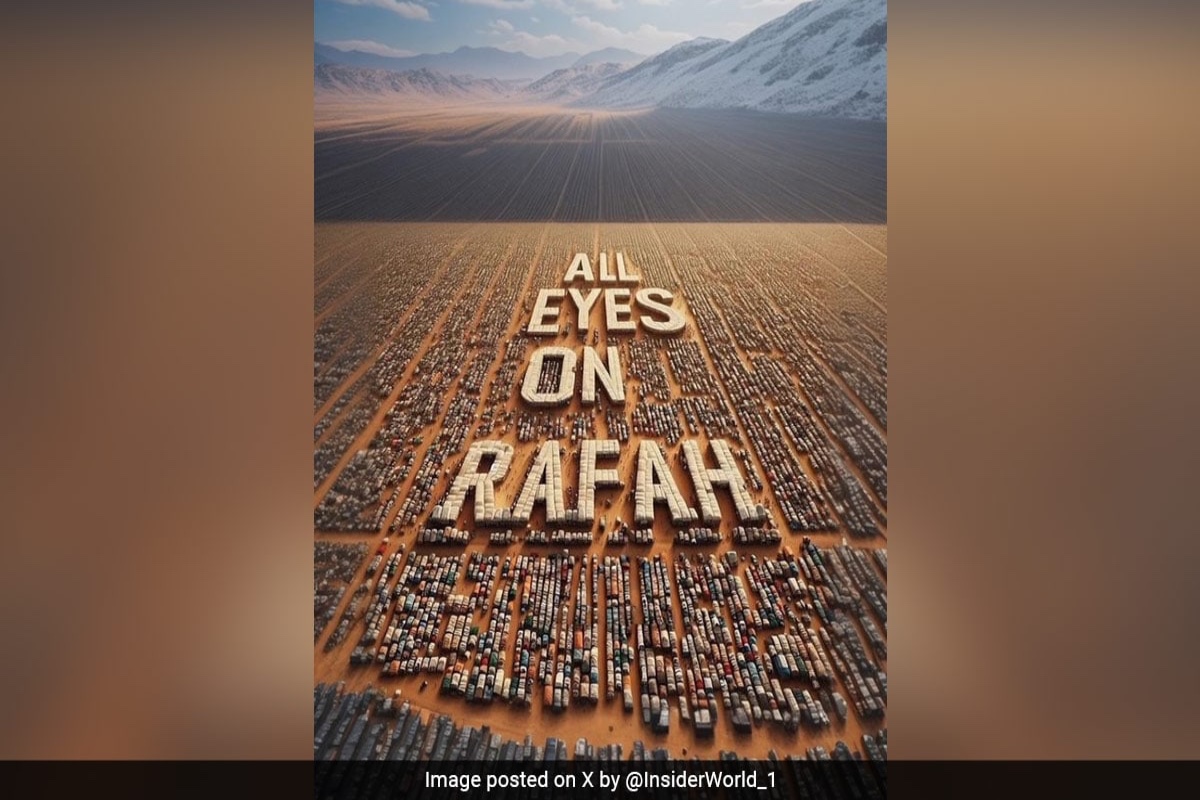Indians Rise Up Against Hindu Supremacy
This article was originally publsihed on TruthDig.com- read the story here.
India’s government has pushed through a dangerous new bill that has provoked a mass uprising. The Citizenship Amendment Act (CAA) offers a fast-track to legalization for Hindu, Sikh, Christian, Parsi, Buddhist and Jain immigrants from bordering nations while explicitly denying one religious group the same privileges. For years, Prime Minister Narendra Modi’s Bharatiya Janata Party (BJP) has been chipping away at the rights of Muslims in India, but the world’s largest democracy may have finally overplayed its hand on the deepest question in any country: who belongs and who does not.
Before the passage of the CAA, the BJP tested an equally ominous policy in the northeastern Indian state of Assam, which shares lengthy borders with numerous nations, including Myanmar and Bangladesh. The National Register of Citizens (NRC), mandated by a law passed years earlier, was implemented in Assam and required Indians to prove their ancestry with hard documentation in order to be considered citizens—a mean feat in a poor state with high levels of illiteracy.
Nearly 2 million Assamese were unable to meet the qualifications, and fears abounded that they would be held in detention camps being built under the Home Ministry’s oversight. Now, the Modi government has announced that the NRC will be implemented in all 29 Indian states. Taken together with the CAA, it’s no wonder that India’s 200 million Muslims fear this could be the first step toward their country declaring them illegal immigrants.
Modi is often compared to President Donald Trump—and with good reason. In addition to the strong affinity the two leaders seem to share for one another, both came to power in secular democracies as populists promising economic prosperity and crackdowns on immigrants and Muslims. The NRC/CAA debacle in India parallels the legal fight that Trump provoked when he signed an executive order requiring the U.S. census to add a citizenship question.
Just as the Trump administration has claimed that its xenophobic policies are about combating human trafficking, the Modi government maintains it’s actually looking out for immigrants’ welfare. The CAA was purportedly written to offer refuge to persecuted minorities in nations bordering India, yet the group that best fits that definition would be Myanmar’s Rohingya—a population that has become a target of genocidal policies precisely because it is composed of Muslims living in a Buddhist-majority nation. Now it appears as though predominantly Hindu India has shut its doors to Rohingya refugees fleeing Myanmar’s pogroms.
About 14% of India’s population is Muslim—similar to the percentages of African Americans or Latinos in the U.S. More than 10% of the world’s entire Muslim population resides in India, which is second only to Indonesia for the largest Muslim population in the world. For years under BJP rule, Indian Muslims have faced lynch mobs attacking them for their religious beliefs under the guise that they were enforcing beef-eating bans. These mobs are directly linked to the right-wing Hindu nationalist government, and almost all the recorded instances of Muslim persecution have occurred since Modi assumed office in 2014.
The state of Uttar Pradesh (UP), which has a large Muslim population, has been an epicenter of resistance and corresponding police violence. A majority of the 25 people killed in protests so far were from UP, and the state government has threatened to confiscate the property of dissenters in retaliation. An Indian Muslim actress and activist named Sadaf Jafar was beaten and arrested in UP’s capital, Lucknow, while filming the protests.
The BJP has also resorted to the dictatorial tactic of shutting down internet access in areas where protests are taking place. India has earned the distinction of having the largest number of government-ordered internet shutdowns in the world—more than Pakistan, Syria or Turkey—in its ongoing response to protests.
Whether the protests will translate into a loss of political power for the BJP is not yet clear. But if recent elections in the state of Jharkhand are any indication, there is hope that its stranglehold on India could be weakened. (The ruling party won only 25 out of 81 seats in late December.)
Seemingly flabbergasted by the response to the CAA, Modi tweeted earlier this month: “Violent protests on the Citizenship Amendment Act are unfortunate and deeply distressing.” He made no mention of the violence emerging from police or from the Gestapo-like militants wielding sticks and marching in formation through the streets of Indian cities pledging allegiance to Modi’s government.
Echoing the paranoia and false claims of persecution that we have become familiar with from Trump in the U.S., Modi has declared in Orwellian terms: “People who are trying to spread lies and fear, look at my work. If you see any trace of divisiveness in my work, show it to the world.” He has accused protesters of “trying every tactic to push me out of power.”
Far from being deterred by the police crackdowns and internet shutoffs, the CAA and the Modi government’s response to dissent appears to have given protesters renewed energy. Promisingly, it is not just Indian Muslims who are protesting, but people of all religions in the multifaith nation. Twenty thousand people marched in Kolkata, the capital of West Bengal, the day after Christmas. One government official told Reuters, “I really did not see the protests coming”—by which he meant that he did not expect non-Muslims to care as much.
One Hindu woman who was an ardent Modi supporter told The New York Times, “I used to see Modi as a strong leader, as the person India had been waiting so long to get.” She added, “Now, I see him as a monster.”

















2019
1,144 views
views
0
comments